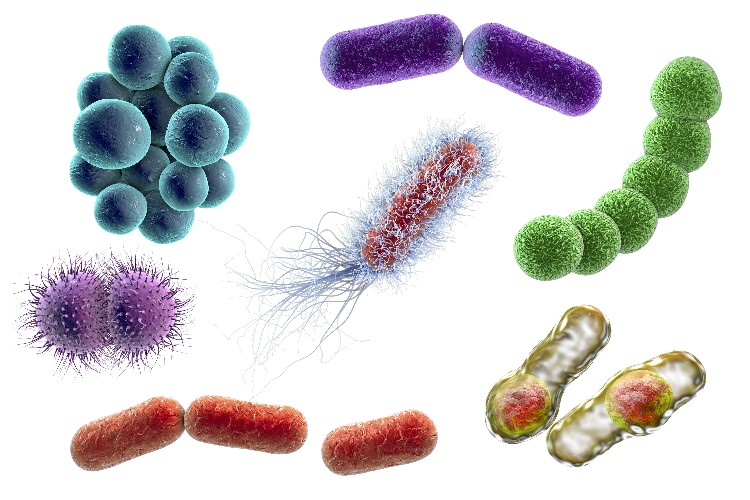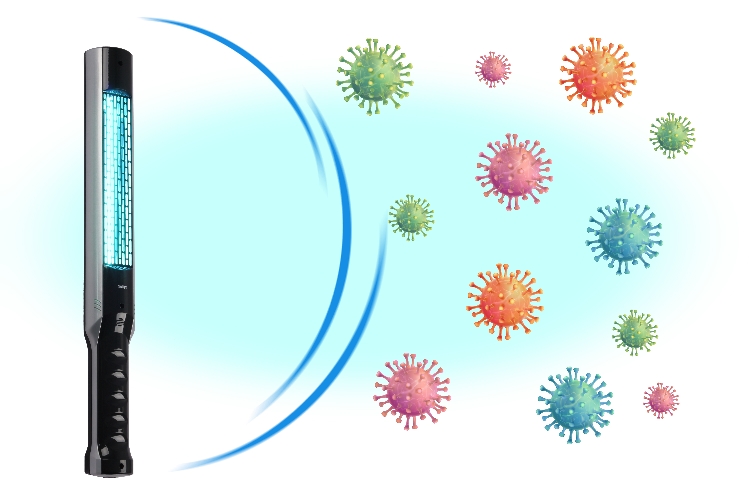Dose and effect
The effectiveness of UV-C in the inactivation of micro-organisms is always directly related to the UV dose applied.
As a general rule, the simpler the structure of a micro-organism, the easier it is to inactivate by means of UV radiation. This is why viruses, bacteria and bacterial spores are generally much easier to destroy than complex micro-organisms such as yeasts and vegetative fungal cells (eukaryotic cells). Fungal spores, whose DNA is also protected by a pigmented cell wall and a concentrated cytoplasm, can only be inactivated by applying substantial doses of UV radiation.
To ensure thorough disinfection, intensive UV light is required. The smaller the distance to the surface to be treated, the more effective the process.



![AdobeStock_197743733 [Converted]1 AdobeStock_197743733 [Converted]1](https://enputech.de/wp-content/uploads/2020/09/AdobeStock_197743733-Converted1-600x300.jpg)
